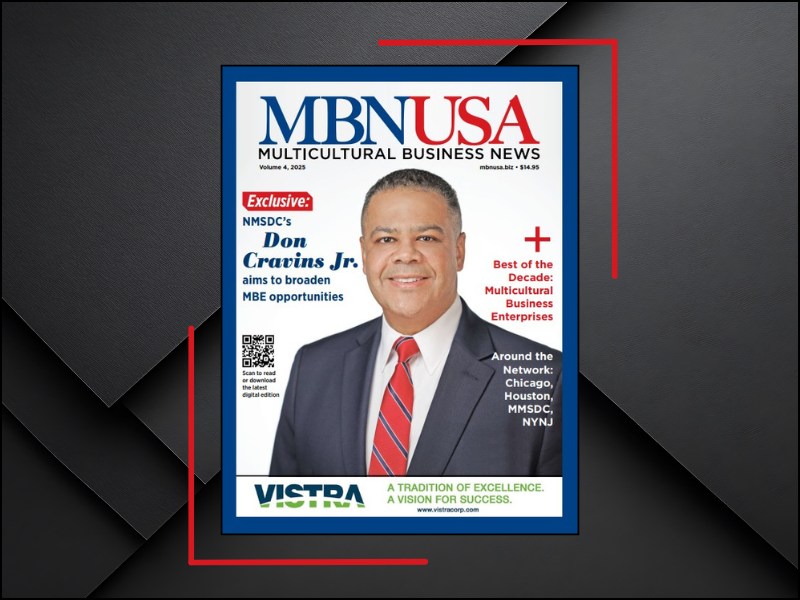(Editor’s note: By Ralph
Half. This article first appeared on the Robert Half blog).
You can’t run a business,
regardless of its size, without talented people ready to move into key
positions when the current occupants leave. Even the most successful employers
can run off a cliff if they don’t have a solid succession plan in place.
What is succession
planning?
Succession planning is a
strategy for identifying and developing future leaders at your company — not
just at the top but for major roles at all levels. It helps your business
prepare for all contingencies by preparing high-potential workers for
advancement.
Here are seven tips for
kick-starting the succession planning process at your company.
1. Be proactive with a
plan
Sometimes, you’ll know
well in advance if a hard-to-replace team member is going to leave the company
— a planned retirement is a good example. But other times, you’ll be caught
off-guard by a sudden and potentially disorienting employee departure. That’s
why you need a plan — now.
First, consider all the
key roles on your team and answer these two questions:
• What’s the day-to-day
impact of X position on our company or department?
• If the person currently
in X position left, how would that affect our operations?
2. Pinpoint succession
candidates
Once you have a handle on
the ripple effect that the departure of certain employees might cause, choose
team members who could potentially step into those positions.
Ask yourself:
• If we were to hire for X position internally, which employees would be the strongest candidates for stepping into this role?
• Would those candidates
need training? And, if so, what type?
While the obvious
successor to a role may be the person who is immediately next in line in the
organizational chart, don’t discount other promising employees. Look for people
who display the skills necessary to thrive in higher positions, regardless of
their current title.
But don’t just assume you
know how people on your team view their career goals. You may have certain team
members in mind for senior management roles, but who’s to say they’ll even be
interested in the idea once it’s presented to them? If you haven’t already,
talk to these employees about how they view their professional future before
making your succession choices.
Request Talent
3. Let them know
In private meetings,
explain to each protege that they’re being singled out for positions of
increasing importance. Establish an understanding that there are no guarantees,
and the situation can change due to circumstances encountered by either the
company or the succession candidates themselves.
4. Step up professional
development efforts
Ideally, you have already
been investing in the career development of those you select as your succession
choices. Now that preparation needs to be ramped up. Job rotation is a good way
to help your candidates gain additional knowledge and experience. And
connecting them with mentors can boost their abilities in the critical area of
soft skills: The best leaders have strong communication skills, as well as
polished interpersonal abilities, such as empathy and diplomacy.
5. Do a trial run of your
succession plan
Don’t wait until there’s a
crisis to test whether an employee has the right stuff to assume a more
advanced role. Have a potential successor assume some responsibilities of a
manager who’s taking a vacation. The employee will gain valuable experience and
appreciate the opportunity to shine. And you can assess where that person might
need some additional training and development.
6. Integrate your
succession plan into your hiring strategy
Once you’ve identified
employees as successors for critical roles in your organization, take note of
any talent gaps they would leave behind if tapped. That can help you identify
where to focus your future recruiting efforts.
7. Think about your own
successor
When making a succession
plan for your organization, keep in mind that your own role will someday
require backfilling. Maybe you’ll decide to take advantage of a new
opportunity, or you’ll put in your time and retire from the workforce. So, it’s
important to ask yourself, which employee could step into your shoes one day?
And what can you do, starting now, to help that person prepare for the
transition?
The members of your
workforce aren’t fixed assets — and changes in your team’s lineup are
inevitable. You may not always be able to predict a valued employee’s departure
from the firm. But through effective succession planning, you can pave the way
for the continuity so critical to your business’s future.
About Robert Half
Robert Half (NYSE: RHI) is
the world’s first and largest specialized talent solutions firm that connects
opportunities at great companies with highly skilled job seekers. Offering
contract and permanent placement solutions in the fields of finance and accounting,
technology, administrative and customer support, legal, and marketing and
creative, Robert Half has more than 300 locations worldwide, including nearly
100 locations in 18 countries outside the United States. Robert Half is the
parent company of Protiviti®, a global consulting firm that provides internal
audit, risk, business and technology consulting solutions. Robert Half,
including Protiviti, has been named to Fortune’s Most Admired Companies and 100
Best Companies to Work For lists and the Forbes Best Employer for Diversity
list. Explore our comprehensive solutions, research and insights
at roberthalf.com.
To learn more about Robert Half’s supplier inclusion program, please visit roberthalf.com/supplier-inclusion.
Subscribe to the Robert
Half Newsletter for articles and resources on how to build and manage a
winning team.
To view full article featured
in MBN Texas, please click here.





